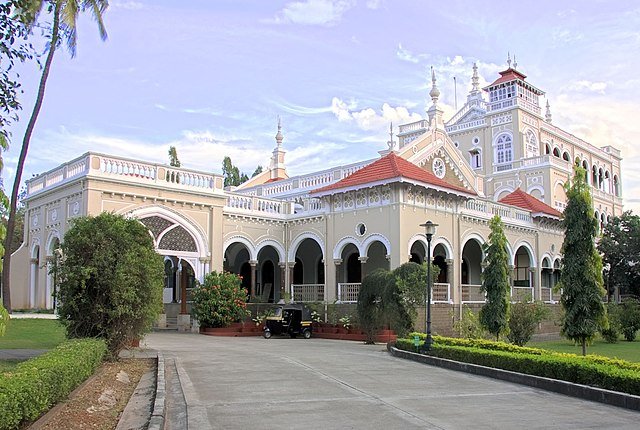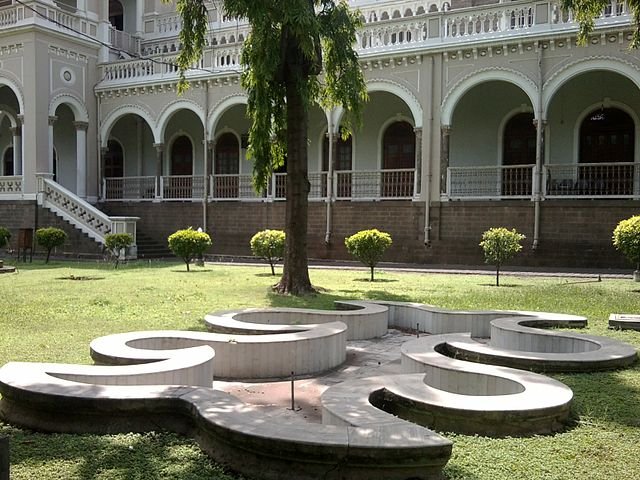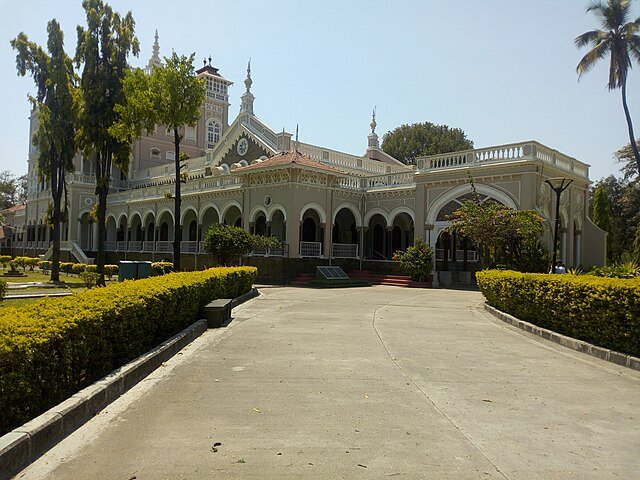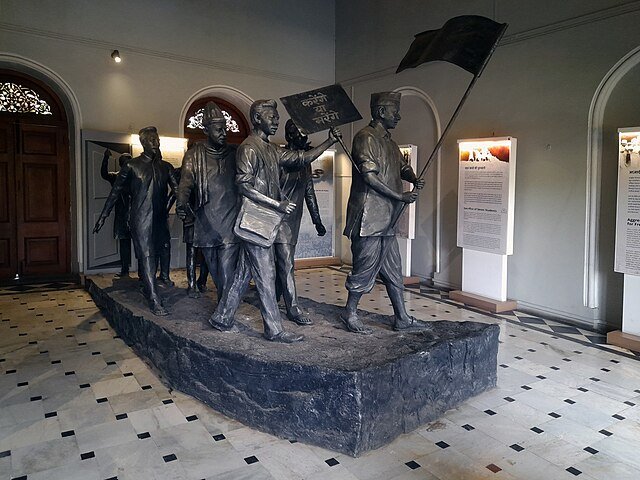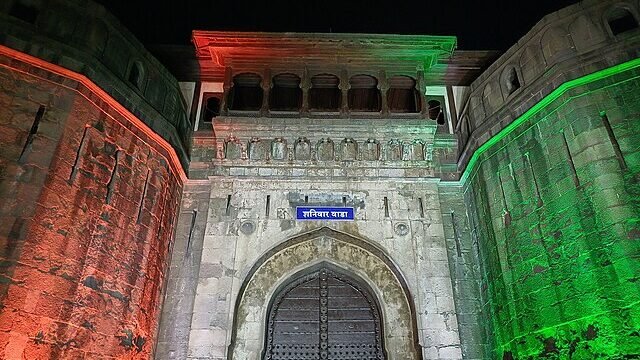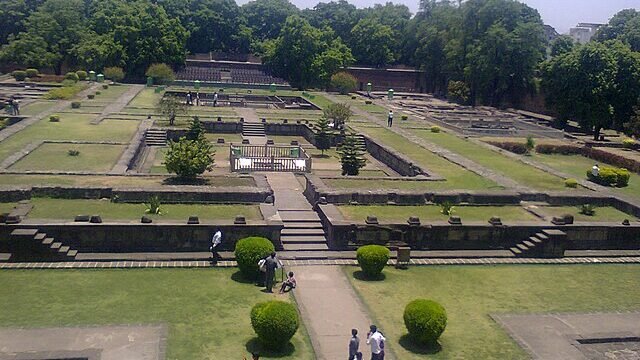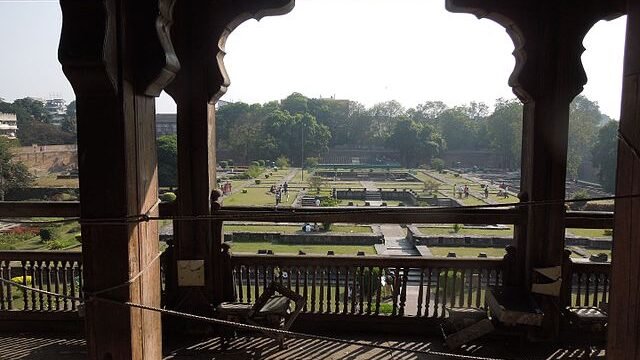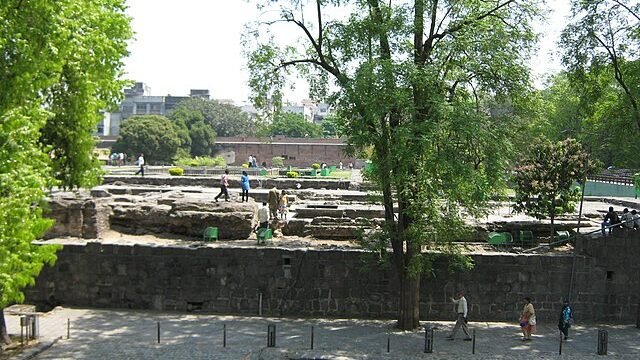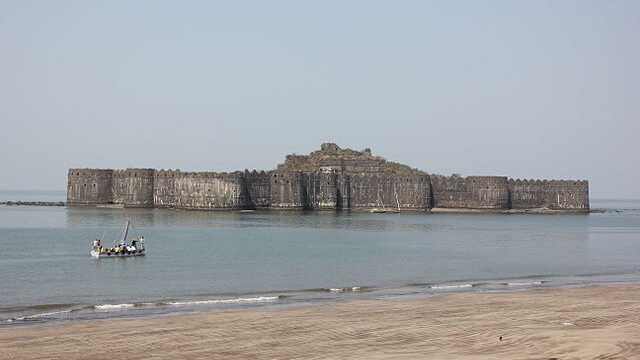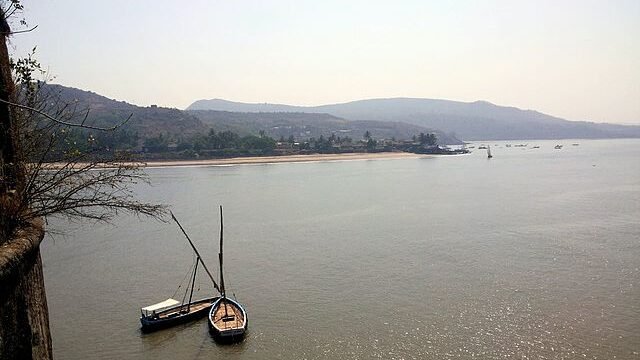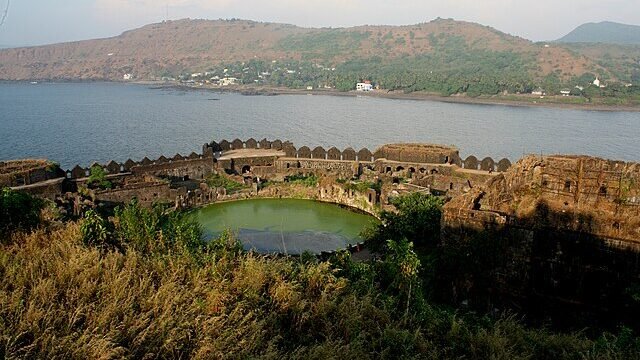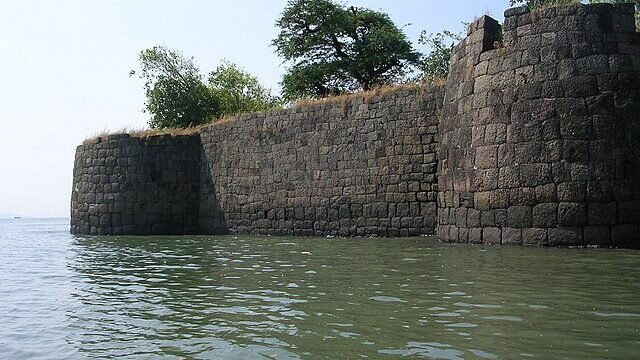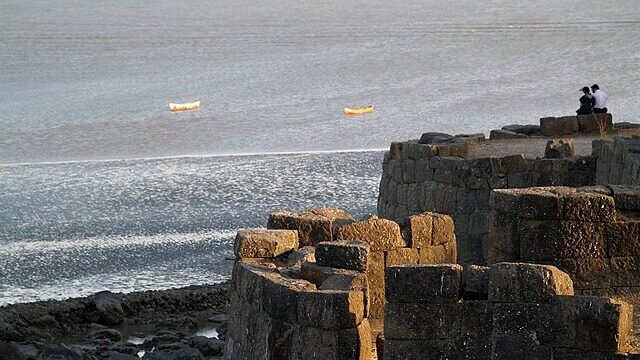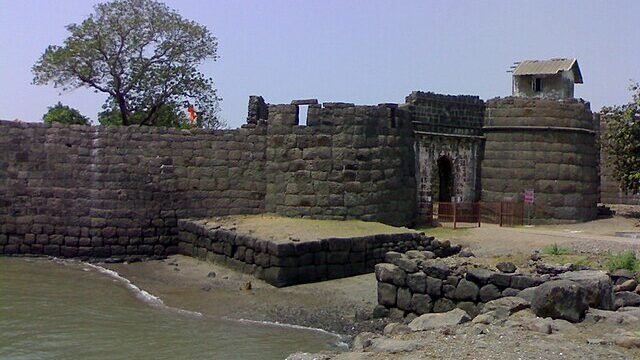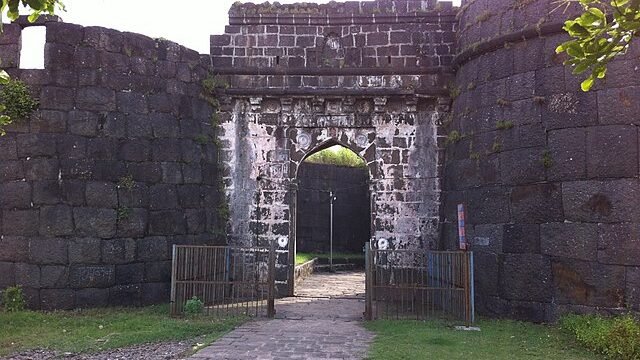Aga Khan Palace
Description
In the serene suburbs of Pune stands the magnificent Aga Khan Palace, a monument that holds a profound and poignant place in modern Indian history. More than just a grand architectural marvel, this palace is a living memorial to the unwavering spirit of India's freedom struggle.
It was here that Mahatma Gandhi, his wife Kasturba Gandhi, his secretary Mahadev Desai, and other freedom fighters were imprisoned by the British from 1942 to 1944. A visit to the Aga Khan Palace is not merely a tour; it is a pilgrimage to a site where a nation's destiny was forged in the quiet resolve of its leaders. Visit during Pune local sightseeing by cab
As I walked through the majestic halls and manicured lawns, a deep sense of reverence overcame me. The peace and tranquility of the palace today stood in stark contrast to the historical turmoil it had witnessed, a powerful reminder of the strength of non-violent resistance.
How to Reach Aga Khan Palace:
The Aga Khan Palace is located on Pune-Nagar Road in Kalyani Nagar, Pune, making it easily accessible.
- By Auto-rickshaw/Taxi: The most convenient way to get there from any part of Pune is by hiring an auto-rickshaw or a taxi.
- By Bus: The PMPML city bus service has routes that pass close to the palace.
- By Train: Pune Junction is the nearest railway station, approximately 4 km away. From there, you can take a taxi or auto-rickshaw.
History of Aga Khan Palace:
The Aga Khan Palace was built in 1892 by Sultan Muhammed Shah, Aga Khan III, primarily to provide employment to the famine-stricken villagers of the nearby areas. However, its most significant historical period was during the Quit India Movement. From August 1942 to May 1944, the British used the palace as a prison for Mahatma Gandhi and other prominent freedom fighters. Tragically, both Kasturba Gandhi and Mahadev Desai passed away during their confinement here. Their memorials, or 'Samadhis,' are located on the palace grounds. In 1969, Aga Khan IV donated the palace to the Indian government in honor of Gandhi, and today it serves as a memorial and museum dedicated to him and the freedom movement.
Things to Do:
A visit to Aga Khan Palace offers a deeply educational and reflective experience:
- Explore the Memorials: Pay your respects at the samadhis of Kasturba Gandhi and Mahadev Desai, and the memorial dedicated to Mahatma Gandhi.
- Visit the Museum: The palace houses a museum with a fascinating collection of photographs, personal belongings, and artifacts related to Mahatma Gandhi's life and the freedom struggle. You can see the room where Gandhi and Kasturba were confined.
- Admire the Architecture: Marvel at the grand arches, sprawling corridors, and the beautiful Italianate architecture of the palace.
- Walk the Gardens: Take a peaceful stroll through the expansive, well-maintained gardens surrounding the palace.
Nearest Tourist Places:
The Aga Khan Palace is a short distance from other key attractions in Pune:
- Shaniwar Wada: The historic seat of the Peshwas.
- Osho Ashram: A renowned spiritual center.
- Raja Dinkar Kelkar Museum: A museum with a vast collection of Indian artifacts.
- Pataleshwar Cave Temple: An ancient rock-cut cave temple.
- National War Memorial Southern Command: A tribute to Indian soldiers.
Significance:
The Aga Khan Palace holds immense national and historical significance. It is a symbol of non-violent resistance, endurance, and sacrifice during India's freedom struggle. The palace served as a pivotal site for the Quit India Movement and is a powerful reminder of Mahatma Gandhi's philosophy and legacy. As a memorial, it educates visitors about this crucial period in Indian history and honors the sacrifices of those who fought for independence. It stands as a beacon of peace and a testament to the power of the human spirit.
Some FAQs:
- Is there an entry fee for the Aga Khan Palace? Yes, there is a nominal entry fee.
- What are the opening hours? The palace is generally open from 9:00 AM to 5:30 PM daily.
- How much time is required for a visit? Allocate at least 1-2 hours to explore the palace, the museum, and the grounds.
- Is photography allowed? Photography for personal use is permitted on the grounds, but it may be restricted inside some museum sections.
- Is the palace wheelchair accessible? Yes, the palace grounds and main areas are wheelchair accessible.
Location
Review
Login to Write Your ReviewThere are no reviews yet.

